Effective International HRM: Navigating Cultural and Legal Differences
VerifiedAdded on 2023/01/10
|11
|520
|84
Report
AI Summary
This report provides an overview of the challenges faced in managing human resources in international environments, using Tesco plc as a reference. It highlights the reasons for failure in managing HR in foreign contexts, including compliance issues, the expanding scope of HRM, and cultural diversity. The report also outlines the key factors that differentiate domestic HRM from international HRM, such as the need for more varied HR activities, a broader managerial perspective, changes in employee mix, and higher risk exposure. It concludes that managing human resources internationally is more complex due to cultural differences, social practices, legal variations, and language barriers, emphasizing the importance of tailored HR strategies for effective international management. Desklib provides access to similar solved assignments and study resources for students.
1 out of 11
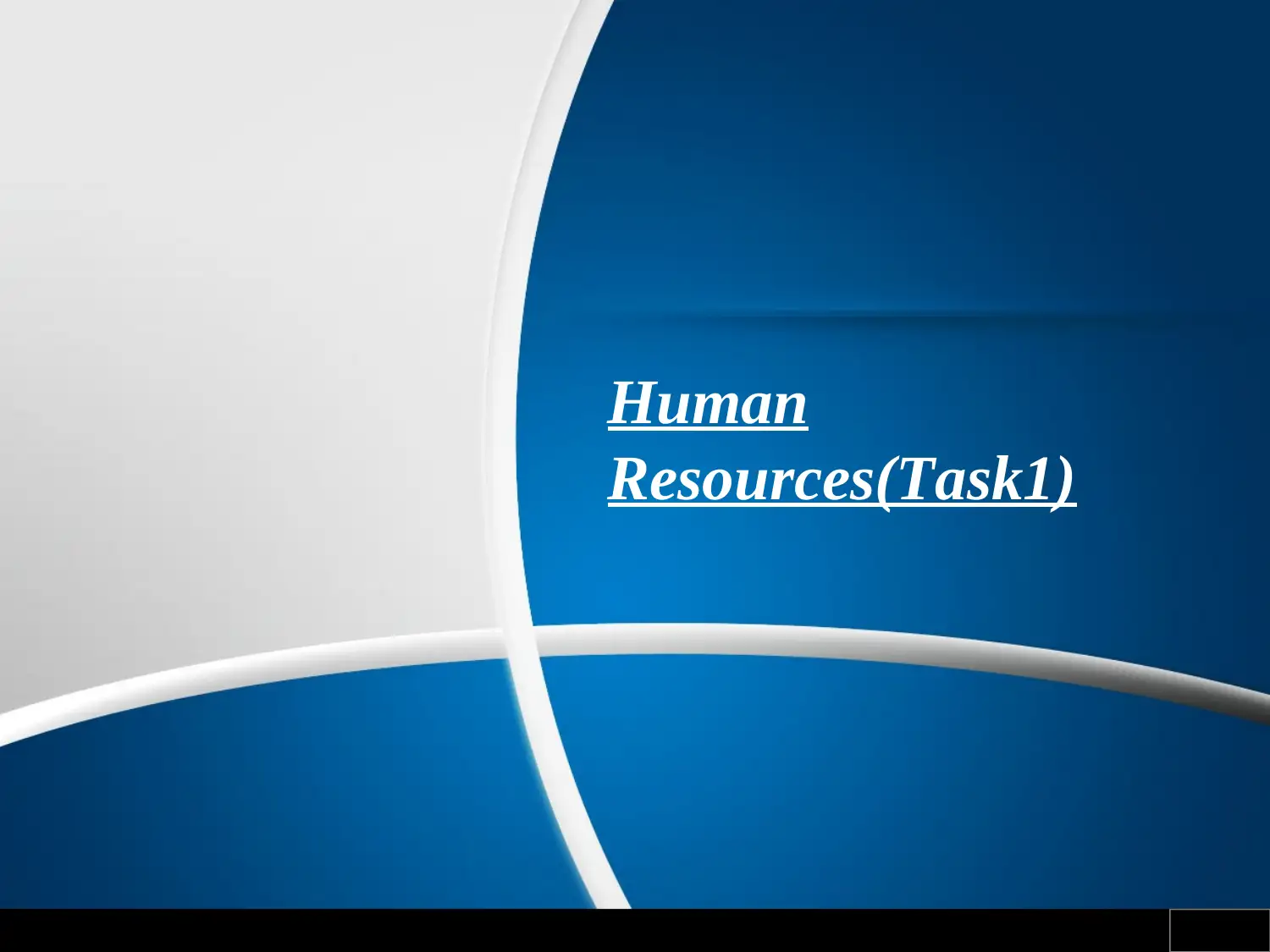
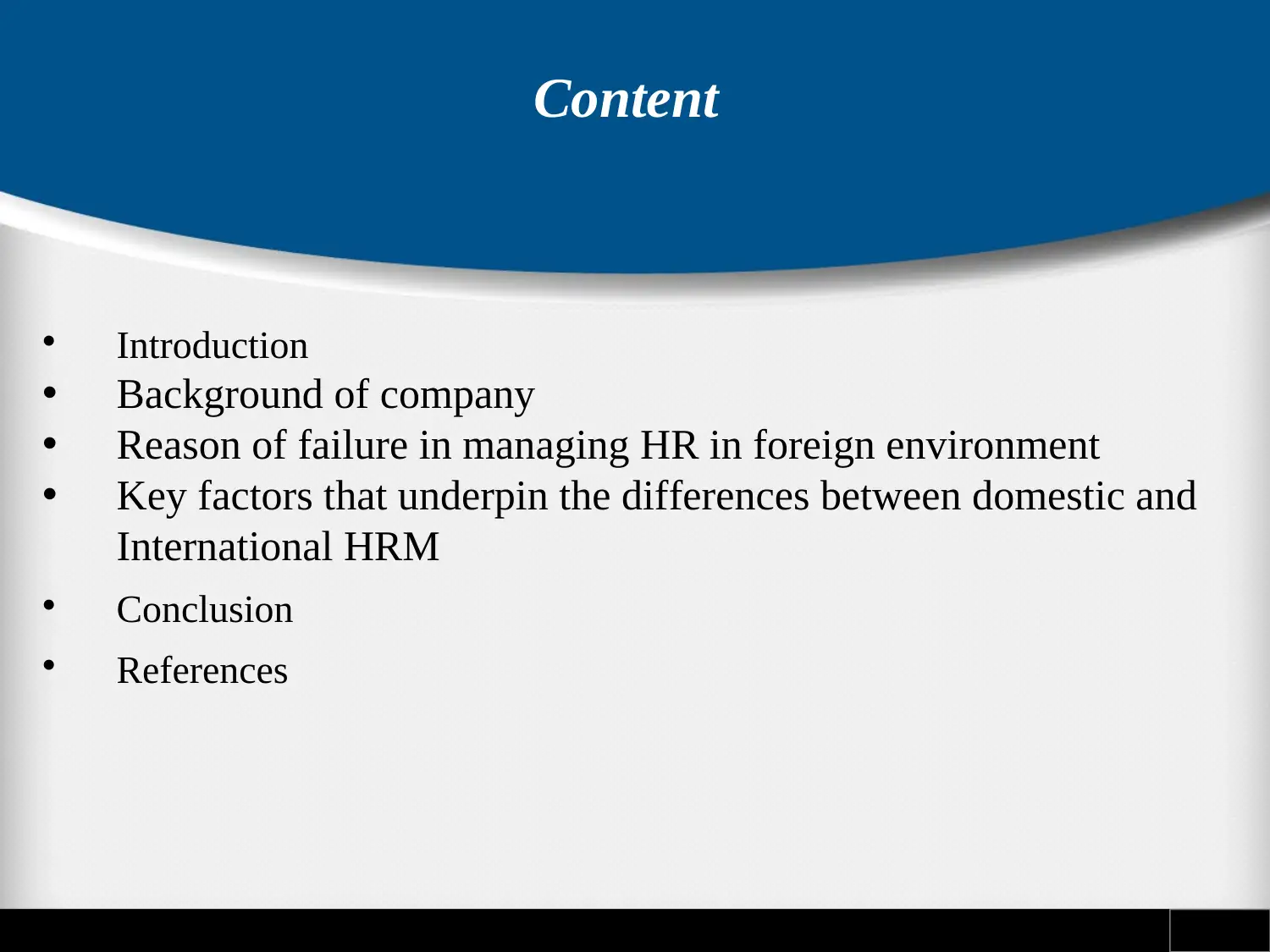
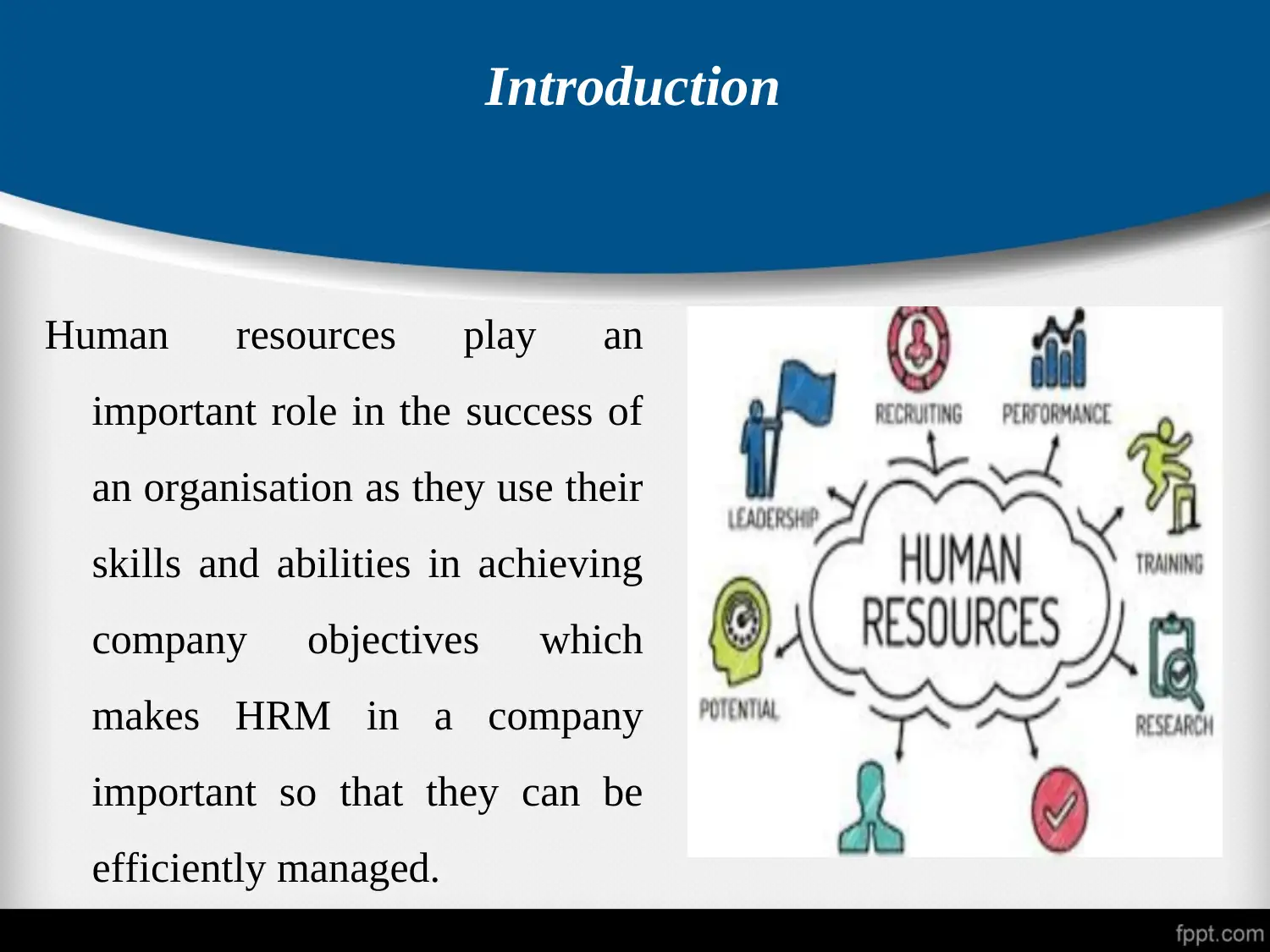


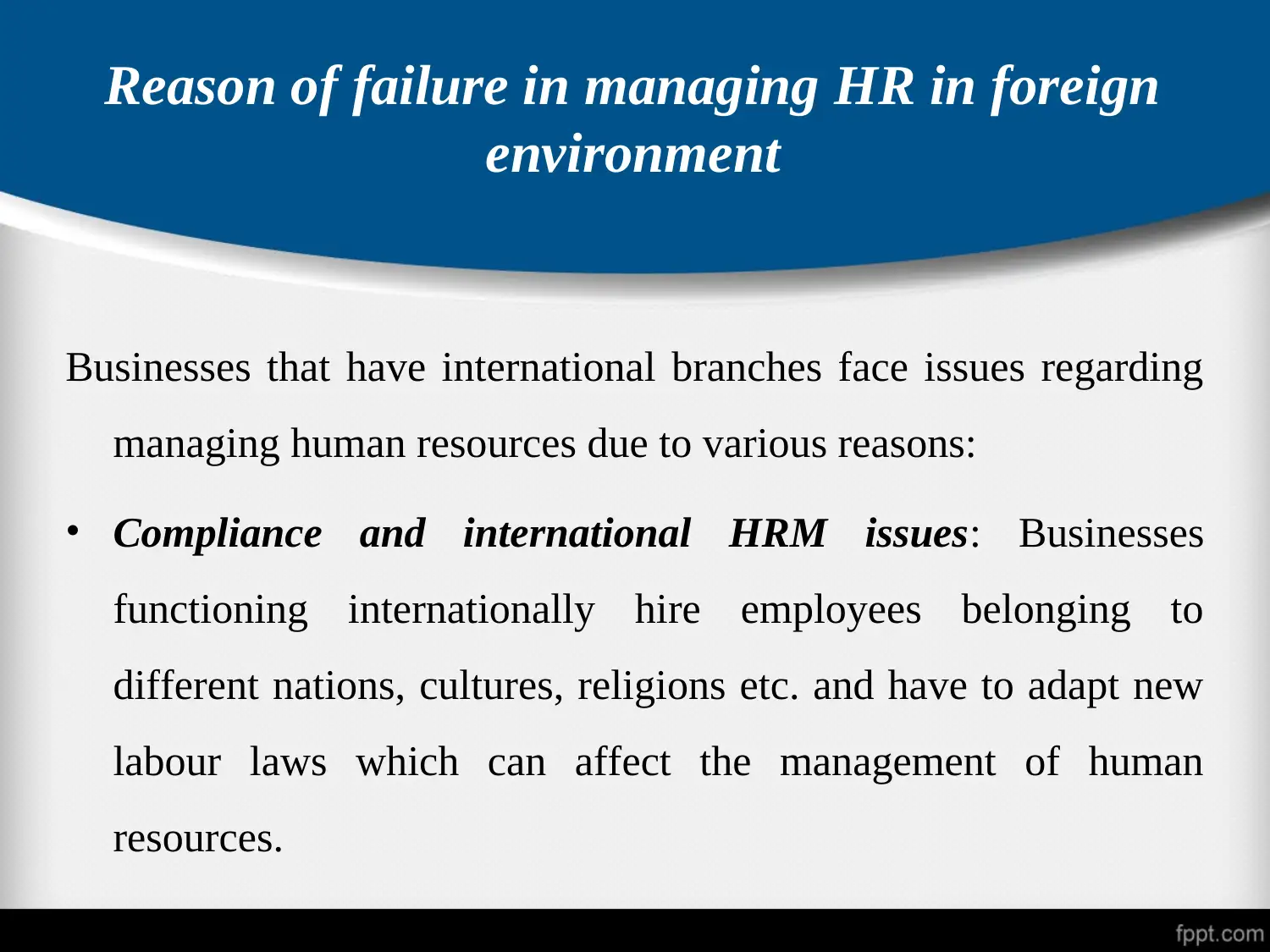
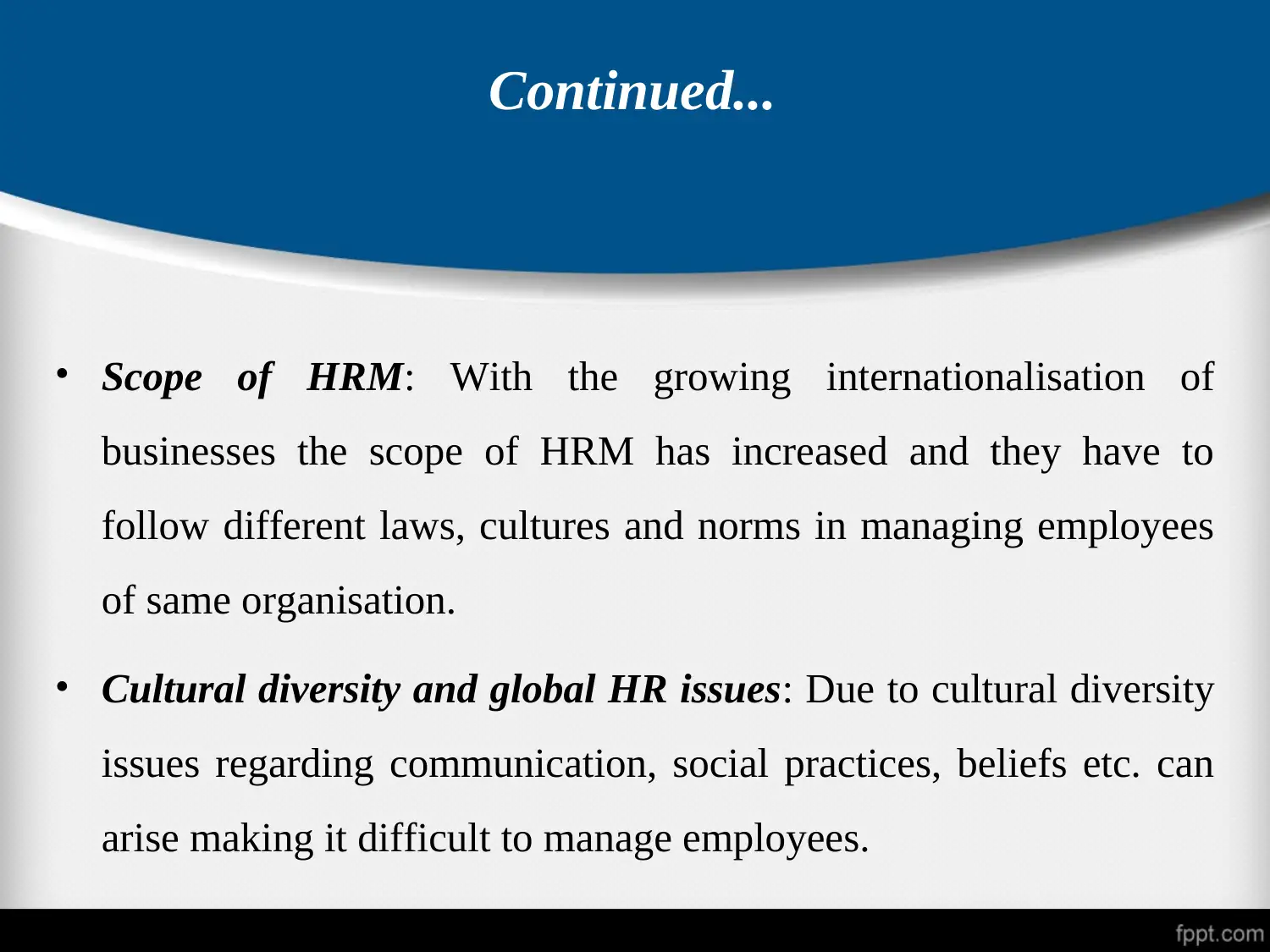
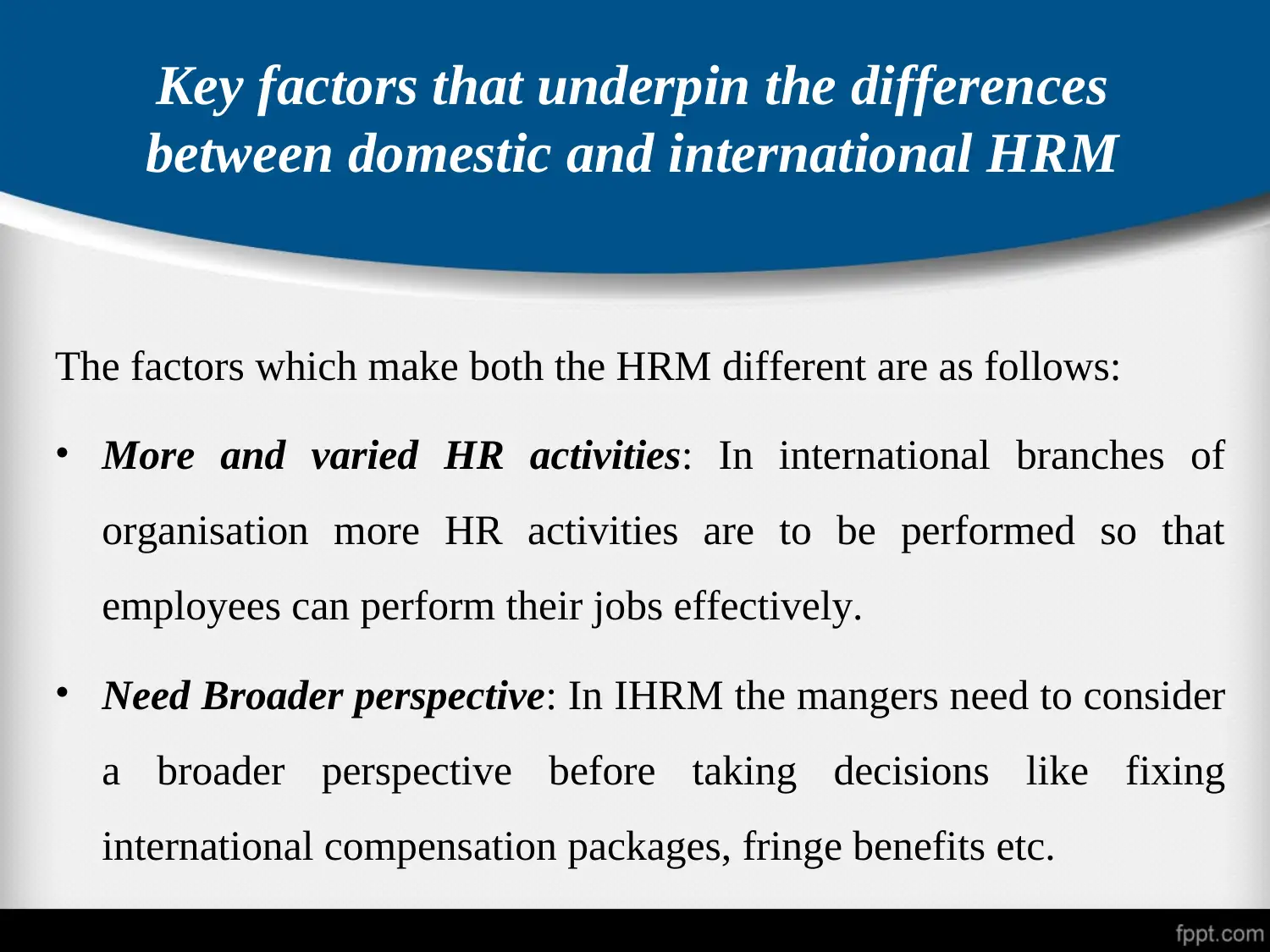
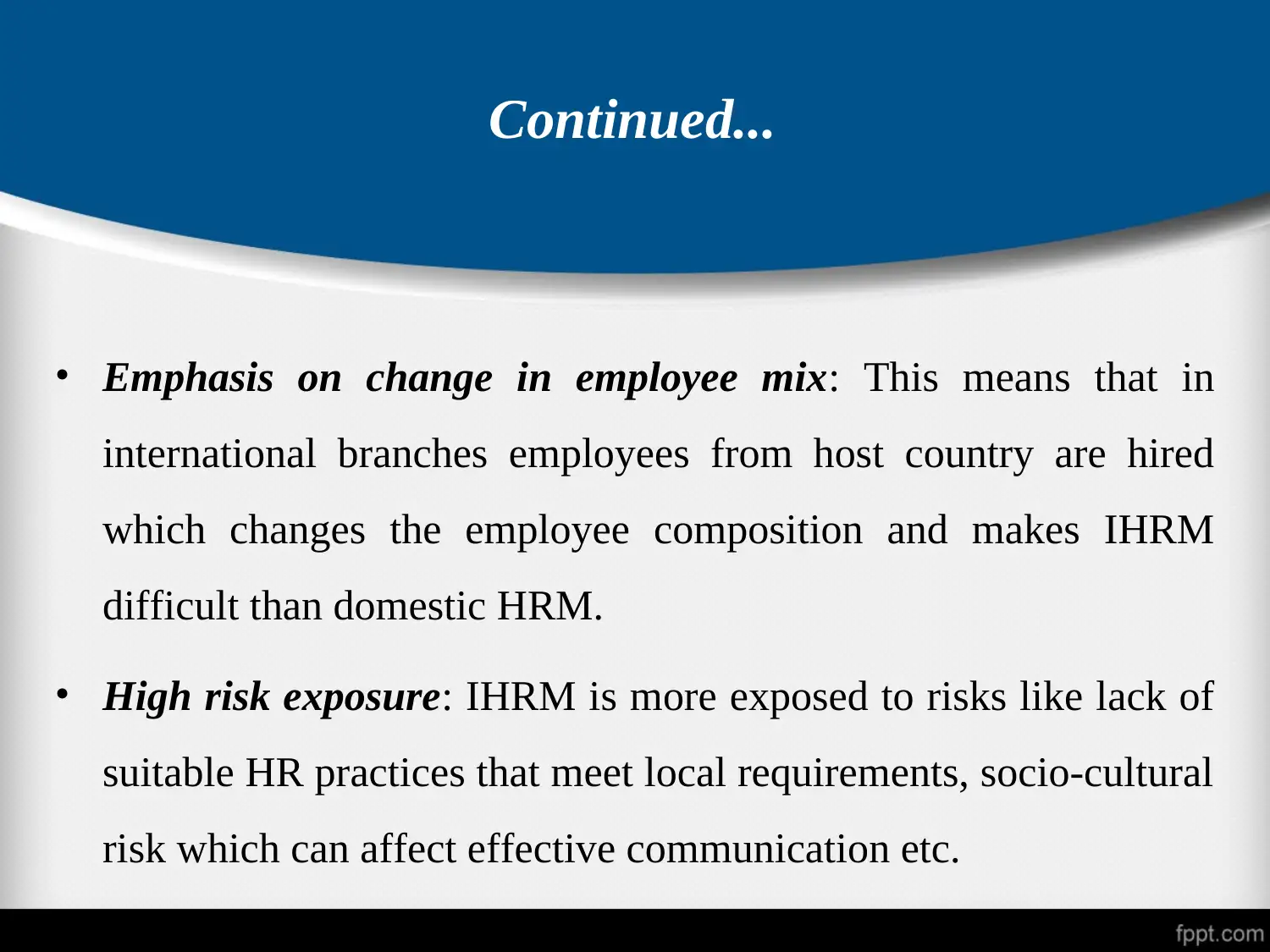
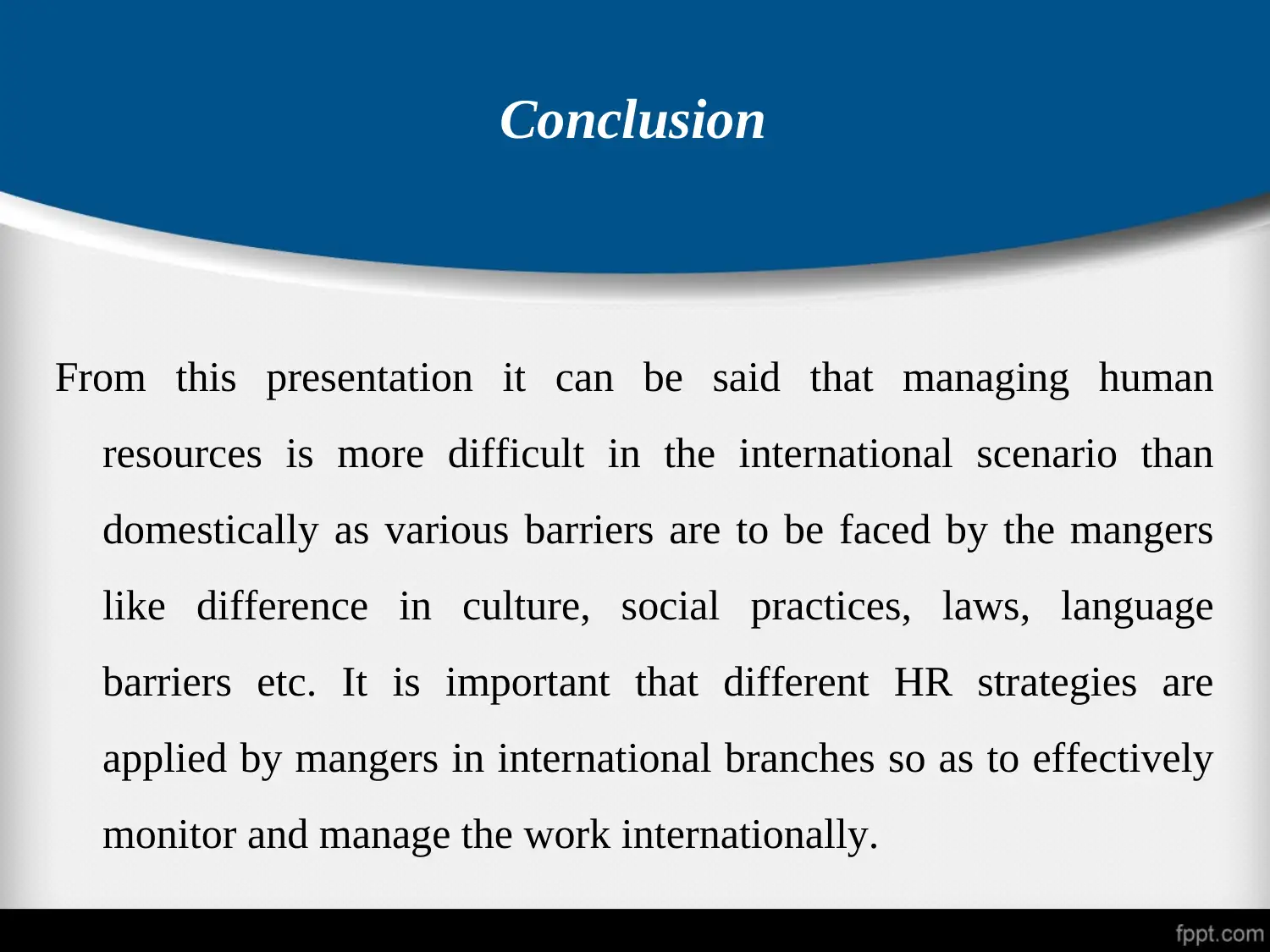
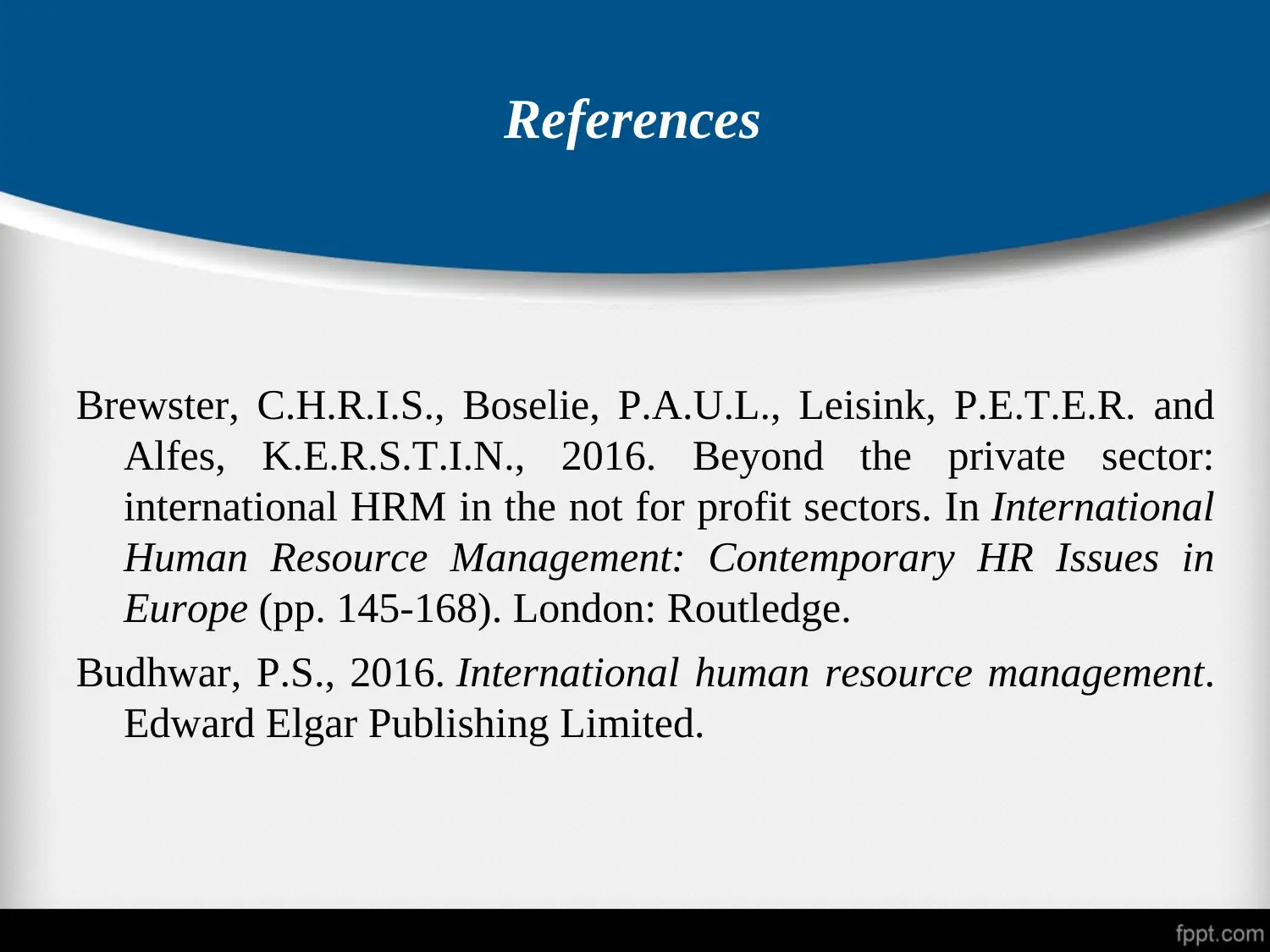






![[object Object]](/_next/static/media/star-bottom.7253800d.svg)